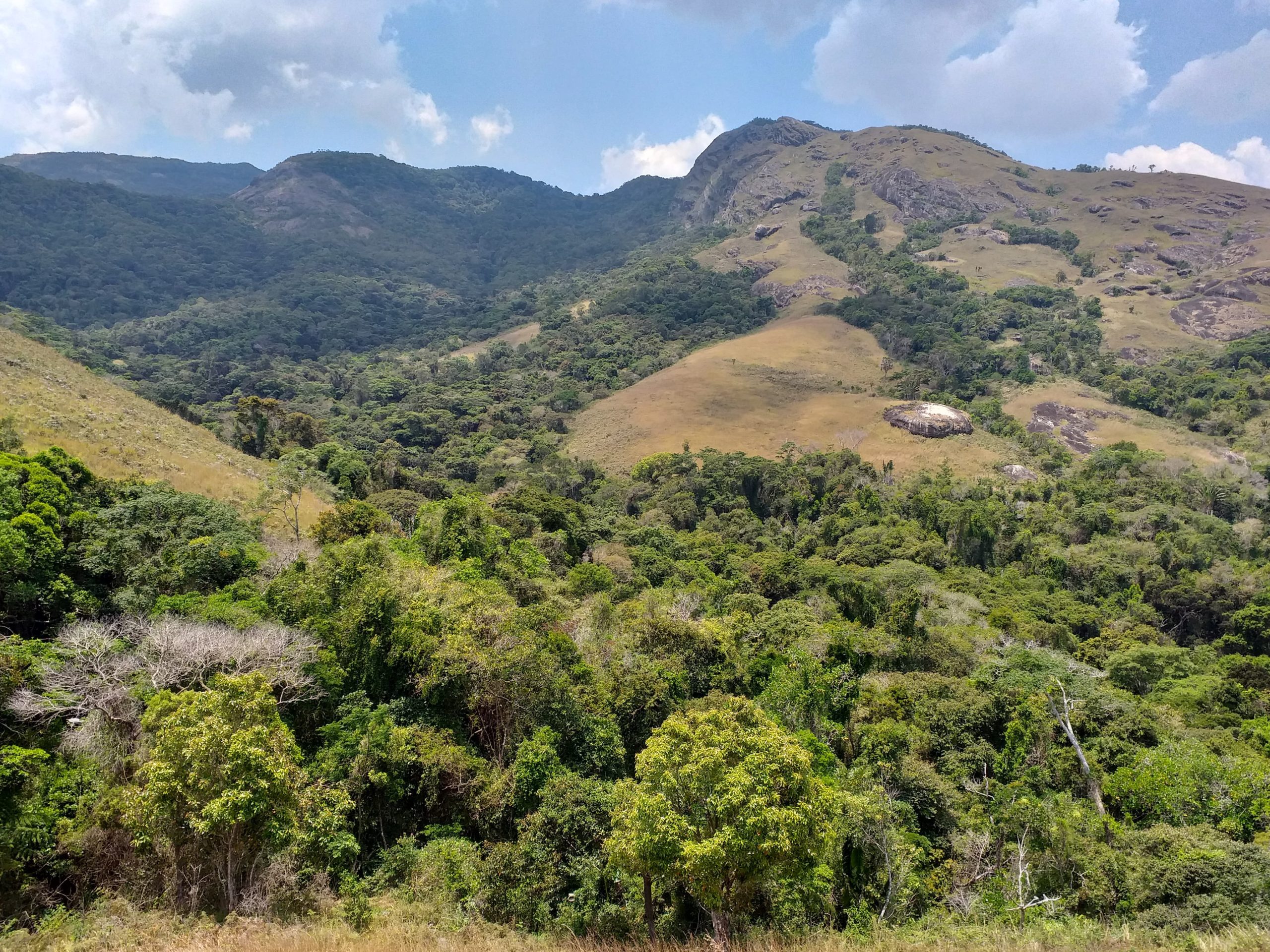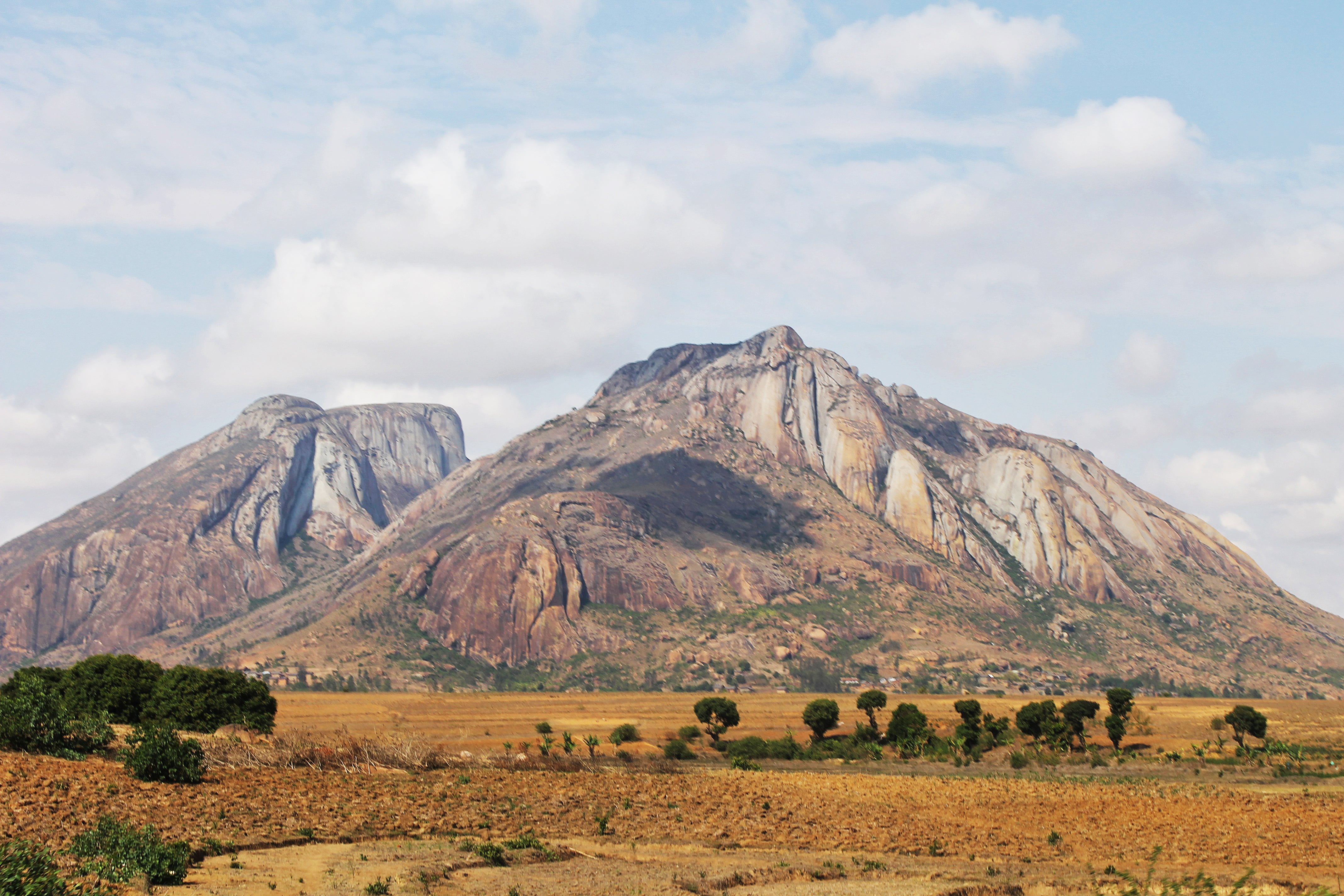
Pic d’Ivohibe
On the plan
Area 3 453 ha
VISIT US
Depending on your means of transport :
- Ground Transportation
The Pic d'Ivohibe Special Reserve is not accessible by road, but is located near the town of Ivohibe, along the RN27 road between Ihosy and Farafangana, and around 120 km east of Ihosy. During the rainy season, the RN27 can be impassable even for off-road vehicles. All-terrain vehicles are required all year round to get to Ivohibe.
- Maritime transport
None
- Air transport
None
Fees and charges
Download the reference document to find out more about park fees and charges.


